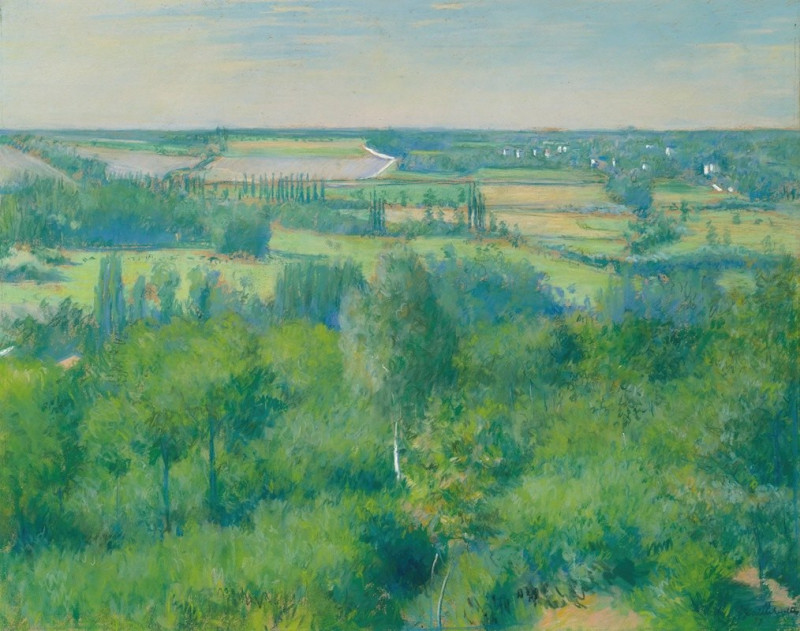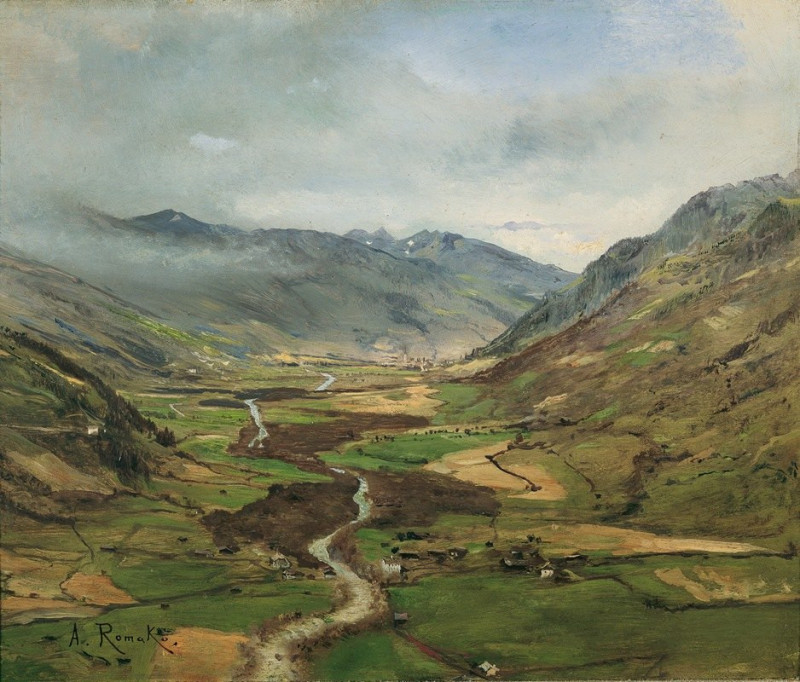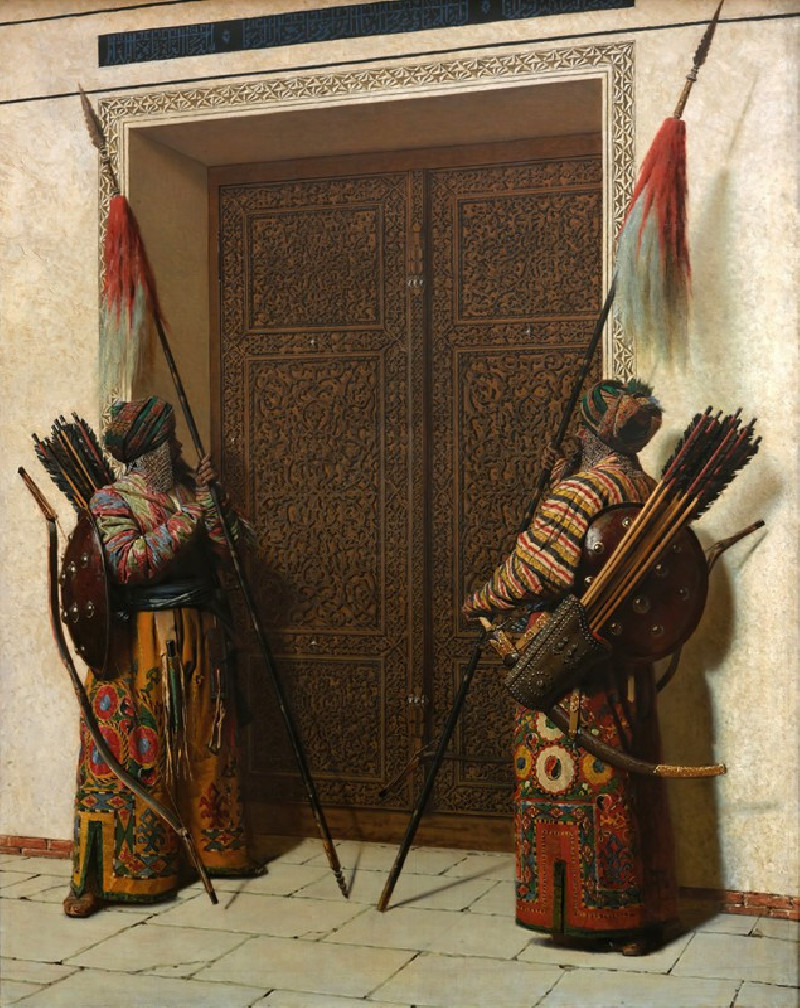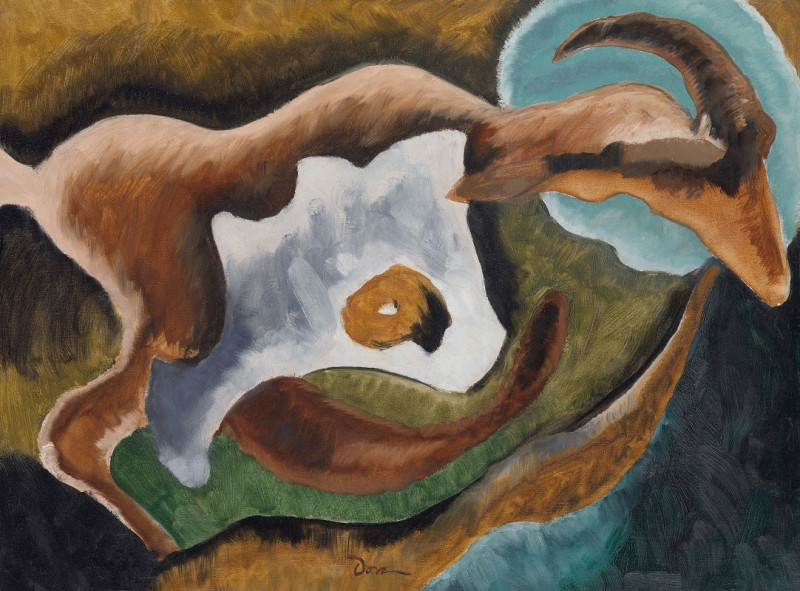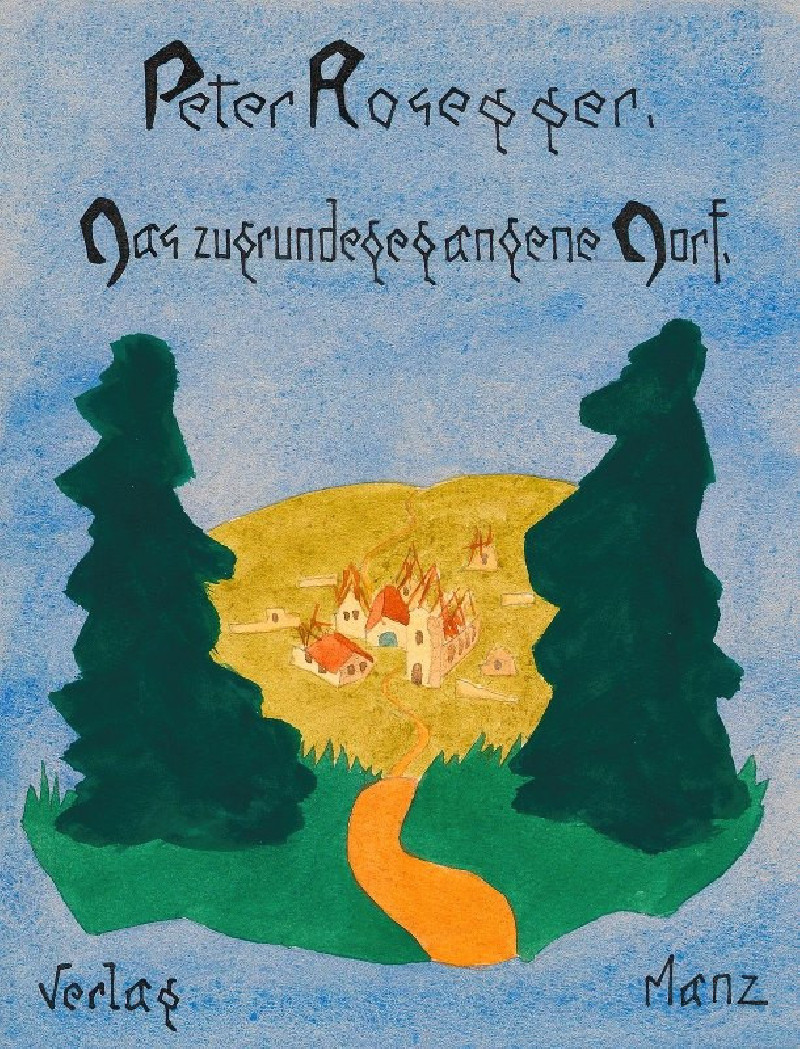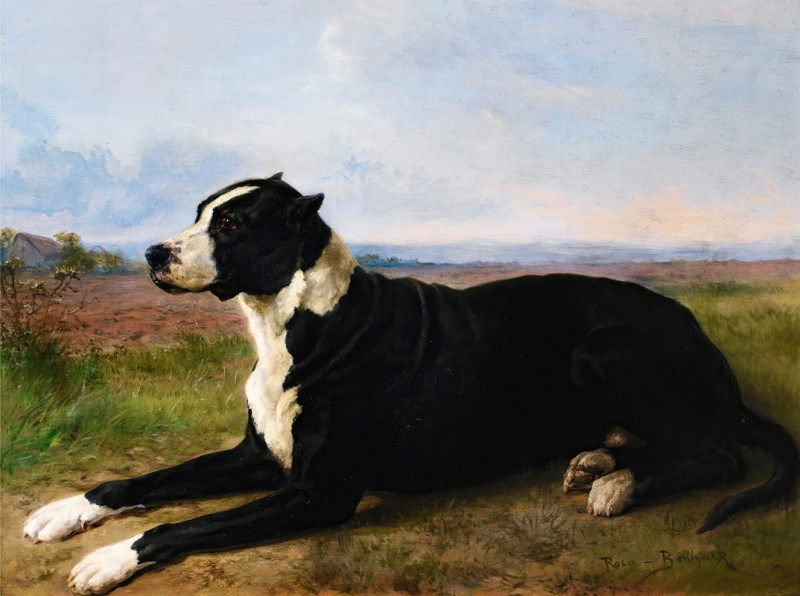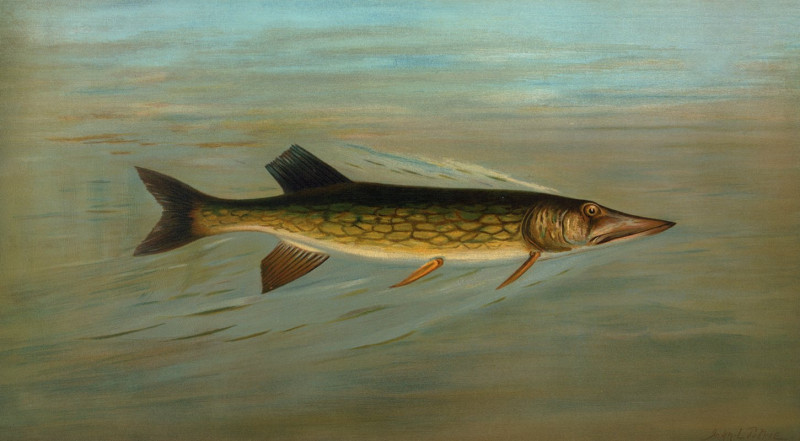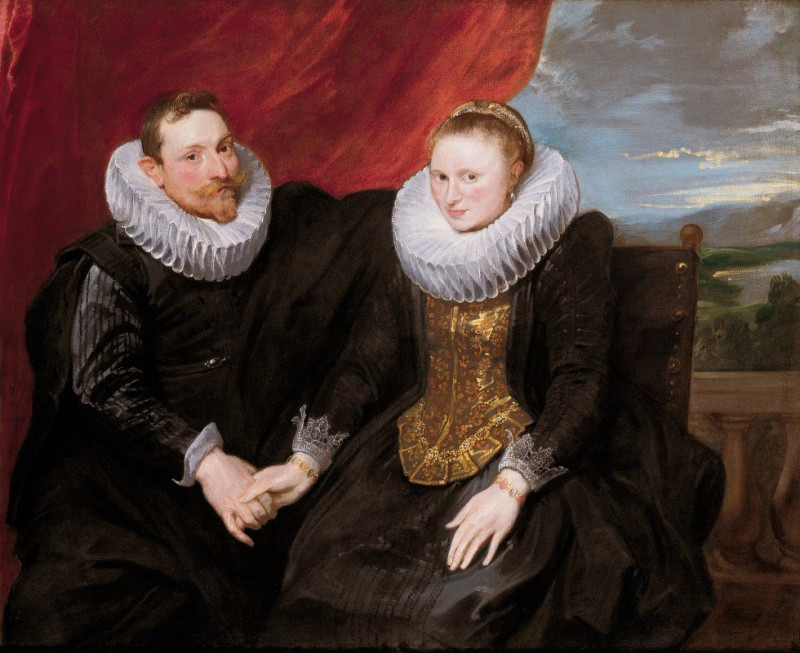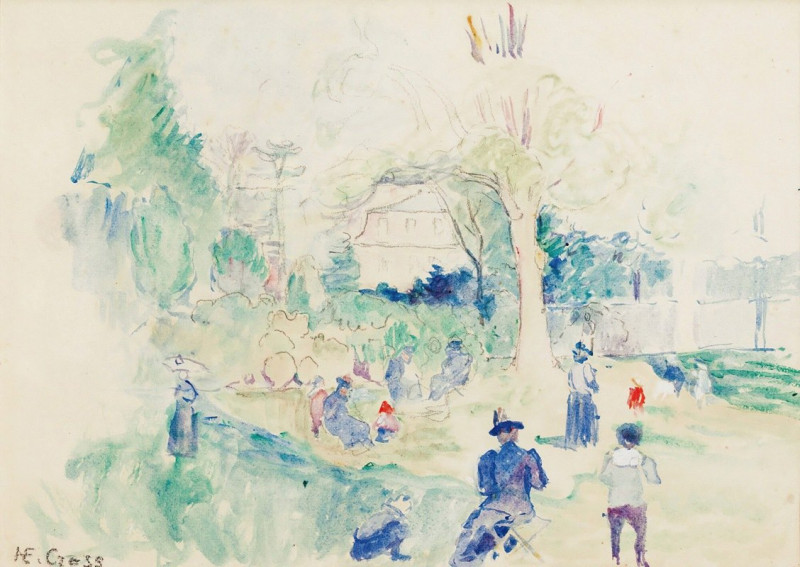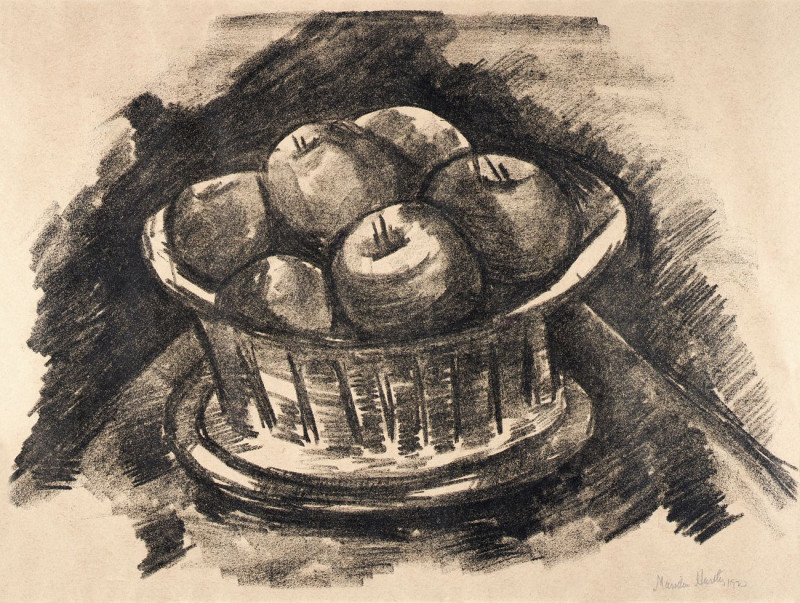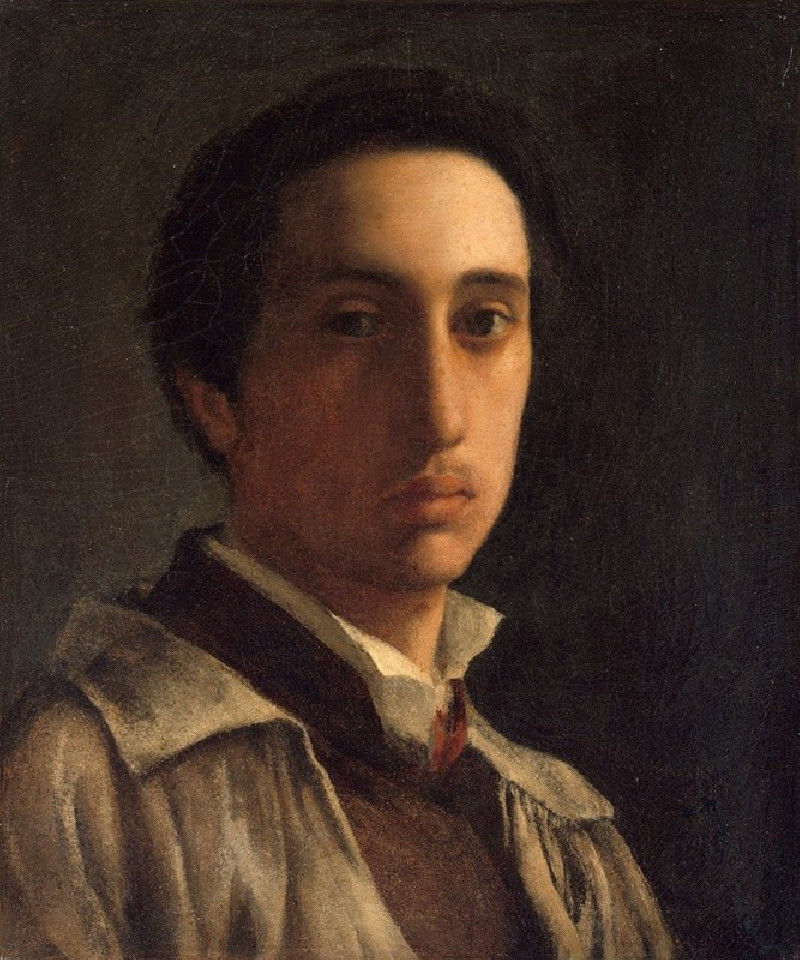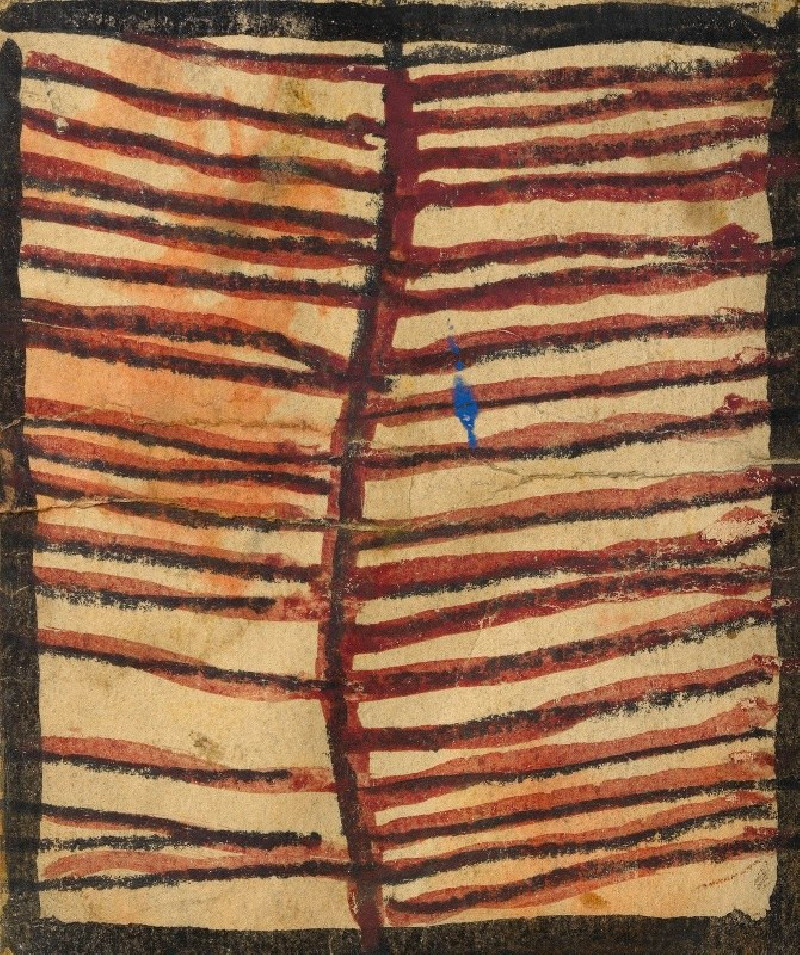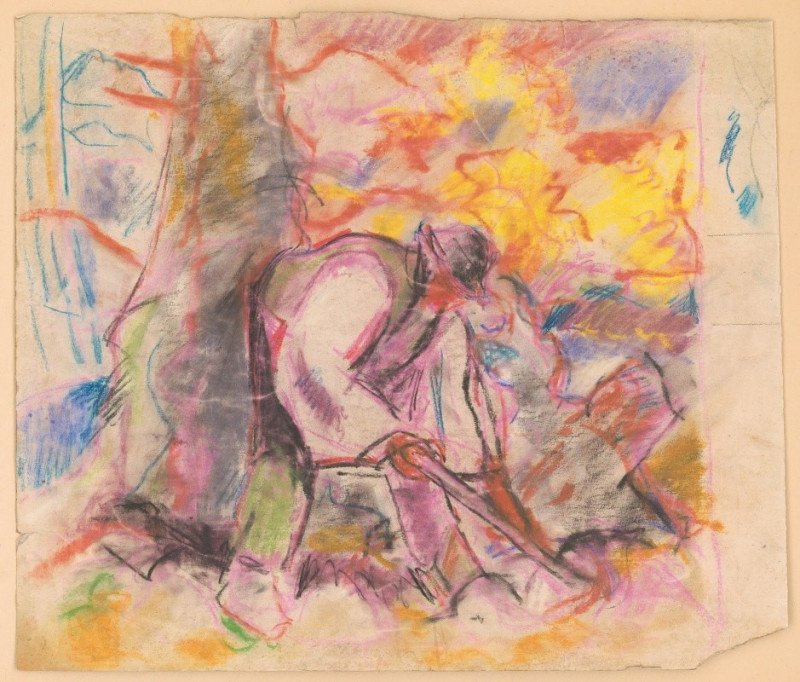Männliches Porträt (around 1932)
Technique: Giclée quality print
Recommended by our customers
More about this artwork
"Männliches Porträt" by Karl Wiener, crafted in 1932, is a captivating exploration of human emotion through the medium of oil on canvas. This artwork features a male figure depicted in a frontal view, showcasing a direct and potent gaze that engages the viewer. The artist’s use of bold, textured brushstrokes and a rich palette of deep blues, vibrant oranges, and subtle yellows lends a visceral quality to the painting.The strong presence of vertical and horizontal brushstrokes in the background contrasts sharply with the smooth application of color on the subject’s face, creating an intriguing interplay of textures. Wiener's technique emphasizes the raw, emotional resonance of the portrait, which seems to capture more than just the physical features of the man. Indeed, it seems to delve into his persona, hinting at a deeper story or emotion carried within.Karl Wiener’s talent for portraying complex human expressions shines through in this piece, making "Männliches Porträt" not just a visual representation but a narrative and an empathetic encounter between the artist and his subject.
































